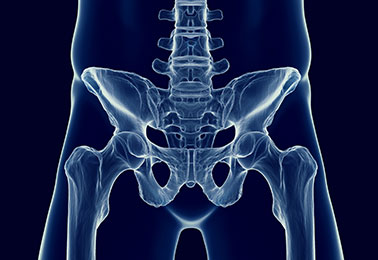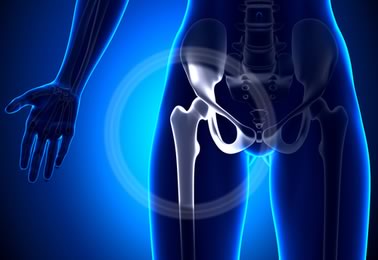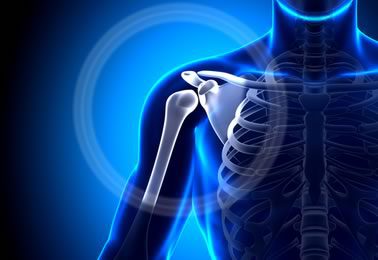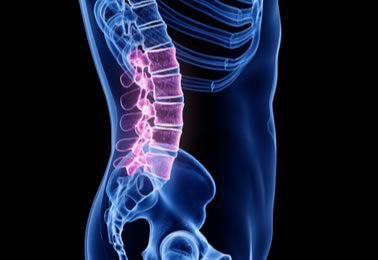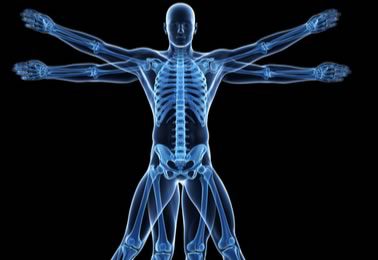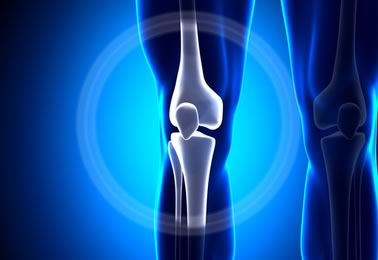Shoulder Mobility Exercise Program
The shoulder joint is a complex structure including the bony anatomy of the shoulder blade (scapula), collar bone (clavicle), and the upper arm (humerus). There is a multitude of muscular and nerve elements within the shoulder girdle, which are susceptible to compromise through various injuries, weakness, imbalances, and disease. The shoulder is a ball and socket joint that is highly mobile, which makes it susceptible to injury.
Typically conservative care is initially prescribed, with physical therapy and/or possibly an anti-inflammatory agent used to assist with improving symptoms. At times, surgical intervention is necessary for an individual to resume his or her previous normal shoulder function.
Once treated, it is vital to maintain and/or improve strength and flexibility within the entire shoulder girdle, treating individual portions, and understanding that it all works together for you to resume normal life and functional capacity.
Treating Shoulder Pain
The key to overall shoulder health is prevention. Shoulder exercises with a physical therapist will usually start with rotator cuff exercises. The rotator cuff consists of the supraspinatus, infraspinatus, teres minor, and subscapularis muscles. Unfortunately, these structures are not directly targeted with typical ‘shoulder’ exercises instructed in gyms and found on major online platforms such as YouTube. The rotator cuff exercises are usually the first structures targeted in a traditional physical therapy or rehabilitation plan of care. Luckily, we will teach you these exercises for optimal prevention to increase strength and hopefully avoid shoulder pain and disability.
Shoulder level 1 will safely assist you with maintaining or resuming proper alignment, educating you on the optimal shoulder and spinal posture, with basic level strengthening in preparation for increased demand with the corresponding following levels.
Level 2 will introduce resistance bands to be used which are necessary to increase strength. The principles and education in levels 1 and 2 will appropriately transition you to level 3. Shoulder Level 3 will progress you to standing dynamic activities and more triplanar exercises that mimic real-life movements.
Muscle fiber size increase, also called hypertrophy, takes approximately 6-8 weeks to occur. With this in mind, consistency and patience is the key. It is completely normal to have some muscular soreness with this specialized program. Too much soreness might mean you need to either decrease the intensity level or return back one level and participate with that for a longer period of time. Mild muscular soreness the following day or 2 is your goal.
Benefits of our Shoulder Treatment
Desire Wellness offers an incredible Shoulder Mobility Exercise Program. You are professionally guided through the program by a trained and experienced professional thru a series of videos and pdfs providing step-by-step instructions guiding you thru each day of the program. All phases of the program are safe for both men and women. A questionnaire provides an objective method to track your progress.
And, best of all, all programs are done at home! Unlimited 24/7 access. No appointments. No waiting rooms. No travel.
Here are just a few benefits of our Shoulder Mobility Exercise Program:

Pain Relief
Our Shoulder Program contains targeted exercises to alleviate pain and discomfort in the shoulder area.
Improving Range of Motion
Shoulder conditions can lead to limited range of motion. Our program includes exercises and stretches to improve flexibility and restore normal shoulder joint movement.
Strengthening Muscles
Weakness in the shoulder muscles can contribute to pain and instability. The program includes exercises to strengthen the muscles around the shoulder joint, including the rotator cuff muscles and the muscles of the upper back.
Posture Correction
Poor posture can exacerbate shoulder issues. The program will correct posture and provide guidance on proper body mechanics and ergonomics to reduce strain on the shoulder.
Shoulder Stability
Shoulder instability, such as dislocations or subluxations, can be addressed through specific exercises within this program that enhance joint stability and control.
Functional Training
If your shoulder problem has affected your ability to perform everyday activities or sports, the program incorporates functional exercises to help you regain strength, coordination, and function for specific tasks.
Prevention Strategies
The program provides recommendations for injury prevention, including warm-up exercises, stretching routines, and conditioning programs tailored to your specific activities or sports.
Start TODAY!
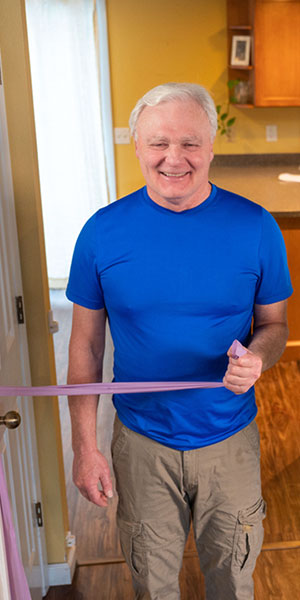
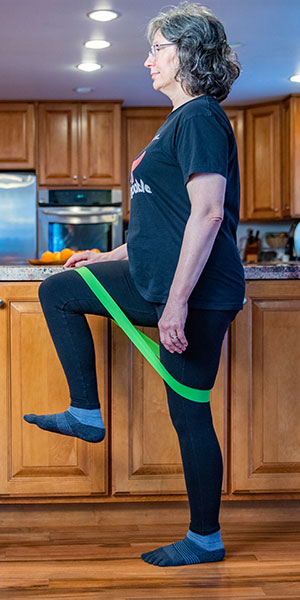
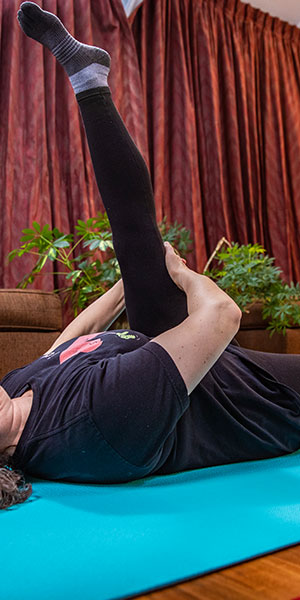
Advantages of Desire Wellness
- Research and Evidence based
- Objectively Track Your Progress
- Feel Better in 5 Days
- Unlimited 24/7 Access
- No Appointments, Waiting, or Travel
We Want to be Part of Your Success Story!

